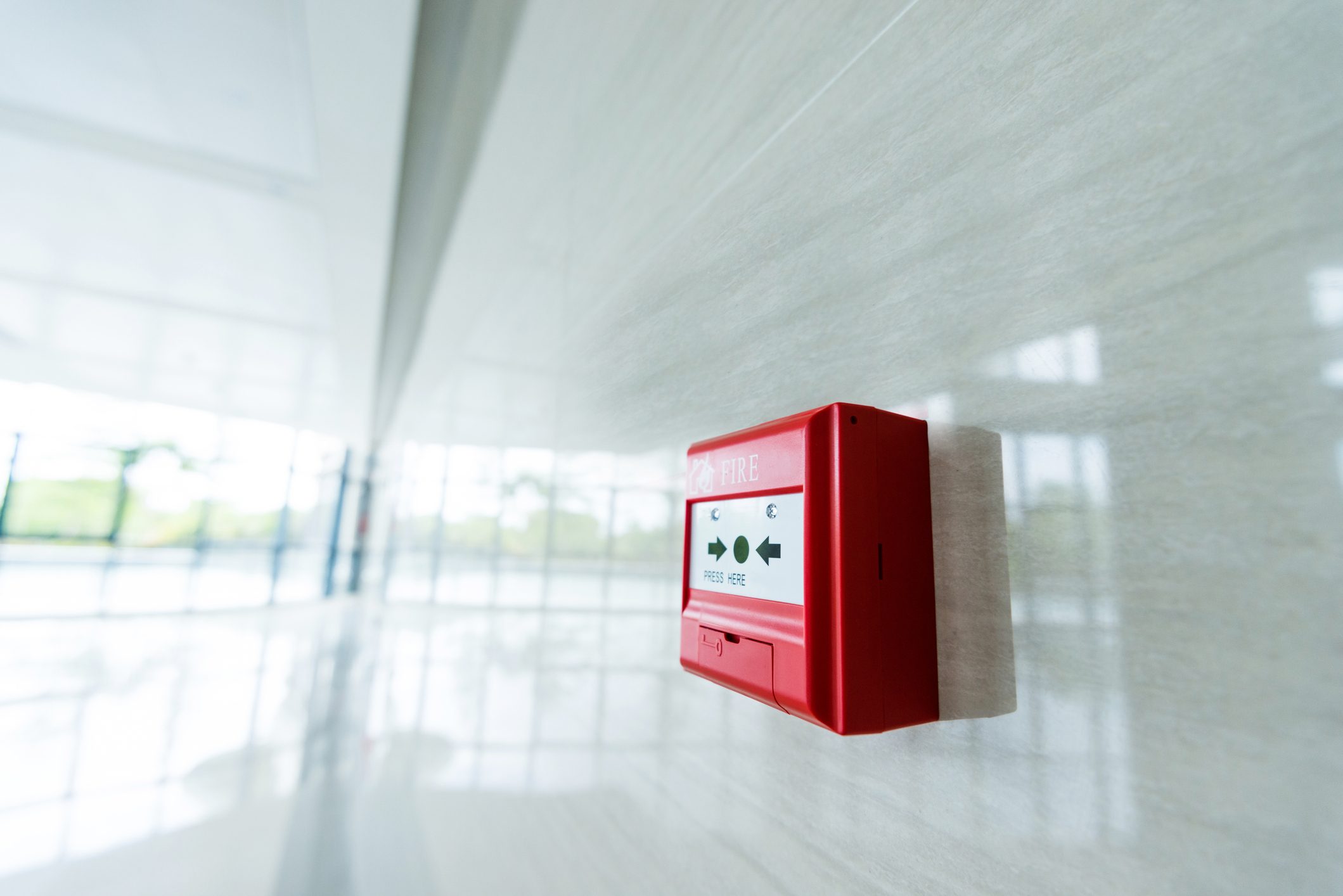If you've ever heard a code red hospital call, an expert explains what this and 12 other healthcare emergency alert codes mean.

Hospital Code Red: Here’s What It Means, Explained by a Doctor

Highlights
- Hospitals use color codes to communicate emergencies quickly and discreetly.
- Each color code represents a different type of emergency.
- Understanding these codes can help hospital visitors and patients stay calm and follow appropriate safety procedures.
Hospitals are places of healing, but they are also dynamic environments where an emergency can arise at any moment. To maintain order and respond efficiently to emergencies, hospitals use color-coded alerts to communicate urgent situations. For instance, when you hear a code red in a hospital, it signals a potential fire or smoke emergency that requires immediate attention.
But what do other hospital codes mean? Understanding these alerts can help patients and visitors stay informed and prepared while ensuring they follow hospital etiquette—such as remaining calm, respecting restricted areas, and following staff instructions during emergencies.
Ahead, we share what you need to know about the most common hospital codes and how to conduct yourself when they’re activated.
Why hospitals use color codes
In a medical emergency, every second counts. Hospitals use these codes to ensure rapid, clear communication that allows staff to respond without delay. These codes help doctors, nurses, and emergency teams coordinate according to their training, reducing confusion, directing the right personnel to where they’re needed most, and preventing unnecessary panic among patients and visitors.
Common hospital color codes include:
- Blue
- White
- Red
- Purple
- Pink
- Gray
- Orange
- Green
- Silver
- Black
- Brown
- Yellow
- Clear
13 Hospital codes and what they mean
Each color code represents a specific emergency, ensuring that staff members can act immediately. While codes may differ between facilities, here’s a general guide to some of the most commonly used hospital alerts and what they mean.
Code Blue: Medical emergency
A Code Blue signals a life-threatening medical emergency, such as cardiac arrest or respiratory failure. When announced, medical teams rush to the scene with resuscitation equipment, performing life-saving interventions.
Code White: Pediatric or neonatal emergency
Code White is used for medical emergencies involving infants or young children. This alert triggers an immediate pediatric response, ensuring specialized care for critically ill young patients.

Code Red: Fire or smoke emergency
A Code Red in a hospital indicates a fire or smoke emergency. Hospital staff follow the R.A.C.E. protocol:
- Rescue anyone in immediate danger.
- Alarm – activate the fire alarm.
- Contain the fire by closing doors.
- Extinguish if safe, or evacuate. Fire safety teams act swiftly to contain the threat and protect patients and staff.
Code Purple: Patient abduction
Code Purple is used when a patient, often an infant or child, is abducted or missing. Security personnel initiate lockdown procedures and work with law enforcement to locate the missing patient.
Code Pink: Infant abduction
Similar to Code Purple, Code Pink is specific to newborns. Hospitals immediately secure exit points and verify all personnel, ensuring the safe recovery of the infant.
Code Gray: Combative or aggressive person
A Code Gray signals a patient or visitor exhibiting violent behavior. Hospital security intervenes to de-escalate the situation and protect others in the facility.

Code Orange: Hazardous material spill
Code Orange is activated when a chemical or biohazardous spill occurs. Trained hazardous materials teams respond to contain and clean up the spill, preventing exposure to patients and staff.
Code Green: Mass casualty incident or evacuation
A Code Green can mean either a large influx of patients due to a disaster or an evacuation order. Hospitals prepare for an increased number of emergency cases and may set up triage areas.
Code Silver: Active shooter or armed person
Code Silver alerts staff to an armed individual or active shooter in the hospital. Employees follow lockdown procedures, secure patients, and alert law enforcement immediately.
Code Black: Bomb threat
A Code Black warns of a bomb threat. Staff take precautions such as evacuating certain areas and coordinating with security and law enforcement to assess and neutralize the threat.
Code Brown: Severe weather emergency
Code Brown is used for extreme weather events, such as hurricanes, tornadoes, or earthquakes. Hospitals activate emergency preparedness plans to protect patients and staff.
Code Yellow: Disaster or external emergency
A Code Yellow signals an external disaster, such as a mass casualty event or transportation accident. Hospitals prepare for incoming patients and coordinate with emergency responders.
Code Clear: All clear
After an emergency has been resolved, a Code Clear is announced, signaling that normal operations can resume.
Are hospital codes the same everywhere?
While many hospitals follow similar emergency codes, variations exist depending on the state, facility, or specific protocols in place. Some hospitals rely on color-coded alerts, while others may use numerical codes.
Also, emergency notifications may be broadcast over a public address system in some hospitals, whereas others inform key personnel via pagers or digital alerts.
What to do if you hear a hospital code announcement
There are things you should do and never do while in a hospital. If you’re a patient or visitor in a hospital and hear a code announced:
- Stay calm and listen for any further instructions.
- If the code signals a security threat, stay put unless directed otherwise.
- Follow hospital staff directions. They are trained to handle emergencies and will guide you to safety.
- Avoid blocking pathways so medical teams can respond quickly.
- If asked to evacuate, follow the designated evacuation routes and do not return until given the all-clear.
Understanding hospital codes can help you navigate emergencies with confidence. While these alerts are primarily for hospital staff, awareness of them can improve safety for everyone in the facility.
For daily wellness updates, subscribe to The Healthy by Reader’s Digest newsletter and follow The Healthy on Facebook and Instagram. Keep reading:






















